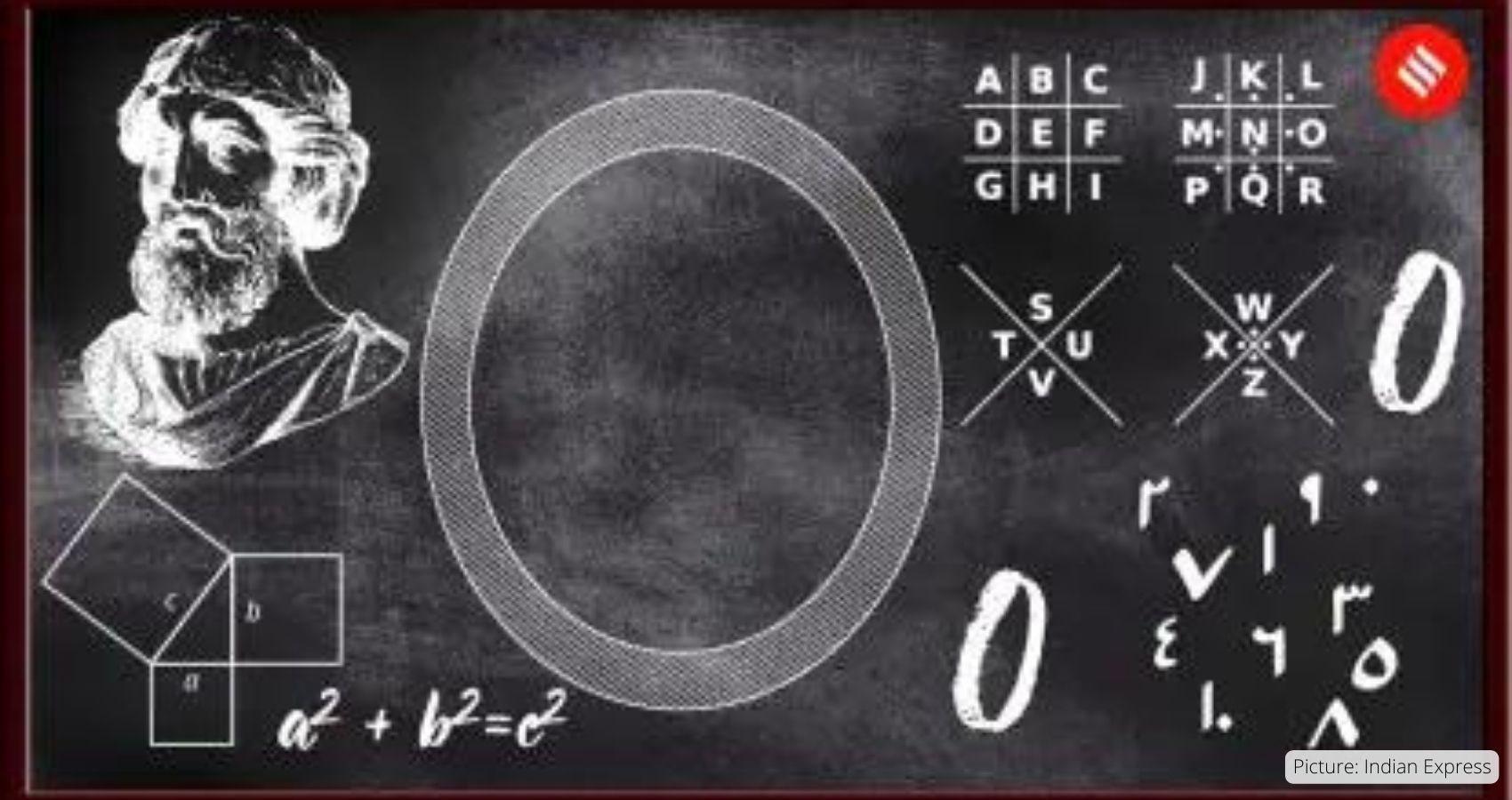In the 6th century BC, Pythagoras, a renowned mathematician, unveiled his groundbreaking discovery that the square of the hypotenuse in a right-angled triangle equals the sum of the squares of its other sides. This revelation garnered immense acclaim, with the Greek colony of Croton declaring a 10-day celebration complete with a sumptuous feast. Pythagoras’s reputation as an academic superstar was solidified (“Pythagorean Theorem and its Reception: Ancient Greece’s Mathematical Triumph”).
In 8th century BC India, Baudhayana made a parallel revelation in his Sulba Sutra, establishing that the square formed by the “diagonal” of a triangle encompassed the combined area of squares formed by the triangle’s length and breadth. This concept mirrored the Pythagorean theorem, indicating its emergence even earlier in India (“Unveiling the Indian Origin of the Pythagorean Theorem”).
Advancing to Pythagoras’s era, his assertion that any number could be expressed as a perfect ratio of two natural numbers was challenged by a student, possibly Hippasus. Hippasus discovered that the square root of 2 could not be exactly expressed as a ratio, leading to a conundrum. Pythagoras, in order to preserve his theorem’s integrity, allegedly resorted to extreme measures, committing the chilling act of murdering Hippasus (“The Enigma of Hippasus and the Challenge to Pythagoras”).
Contrasting the peaceful academic climate in ancient India, Baudhayana and Aryabhata readily embraced irrational numbers, exemplified by approximations for the square root of 2 and “pi.” Unlike the Greeks, who struggled with arithmetic due to the absence of a place-value number system, these Indian mathematicians exhibited a more pragmatic approach (“Embracing Irrationality: Ancient Indian Mathematics”).
The absence of zero in the Greek mathematical framework posed difficulties in numerical calculations. Roman numerals, devoid of a place-value system, complicated arithmetic operations. Additionally, the Greeks were averse to the concept of zero, which they deemed a void, and they lacked negative numbers as these held no relevance in subtracting larger areas from smaller ones (“Zero’s Emergence and the Greek Numerical Dilemma”).
The 6th and 7th centuries AD marked a pivotal period for zero’s conceptual evolution, particularly with the mathematician Brahmagupta. While zero was used symbolically prior, Brahmagupta was the first to define zero as the remainder when subtracting a number from itself. This innovation facilitated the integration of zero into arithmetic and the establishment of the place-value decimal system. Brahmagupta also introduced negative numbers, endowing them with practical significance as “debts” (“Brahmagupta: Architect of the Concept of Zero”).
Brahmagupta’s seminal work, the Brahmasphutasiddhanta, penned in 628 AD, later reached the attention of Caliph al-Mansur of Baghdad through Indian scholar Kanka. This prompted an Arabic translation of the text, leading the Arabs to gradually embrace the concept of zero, which they termed “sifr” (“Zero’s Journey to the Arab World”).
Zero’s impact on Europe was delayed by 400 years until the Moors introduced it upon conquering Spain. While businesses embraced zero for balancing accounts, governments exhibited resistance; Florence even banned its use in 1299. The allure of zero persisted among merchants, who clandestinely employed a symbol to represent it despite the ban. The association of zero with secret codes gave rise to the term “cipher” (“Zero’s Assimilation in Europe: The Battle between Merchants and Governments”).
Ultimately, the enduring popularity of a number system is evident in the creation of secret codes to continue its use illicitly. Brahmagupta and Baudhayana, the architects of numerical concepts, may not have foreseen their profound influence. Regrettably, Baudhayana’s theorem is often attributed to Pythagoras, and Brahmagupta’s pivotal contributions to “Arabic numerals” remain relatively obscure (“Legacy of Mathematical Thought: Baudhayana, Brahmagupta, and the Evolution of Numbers”).











